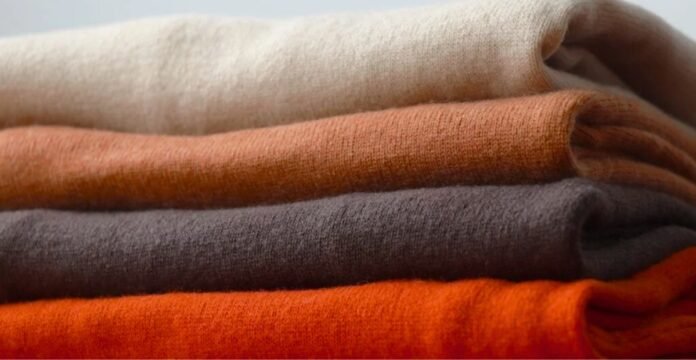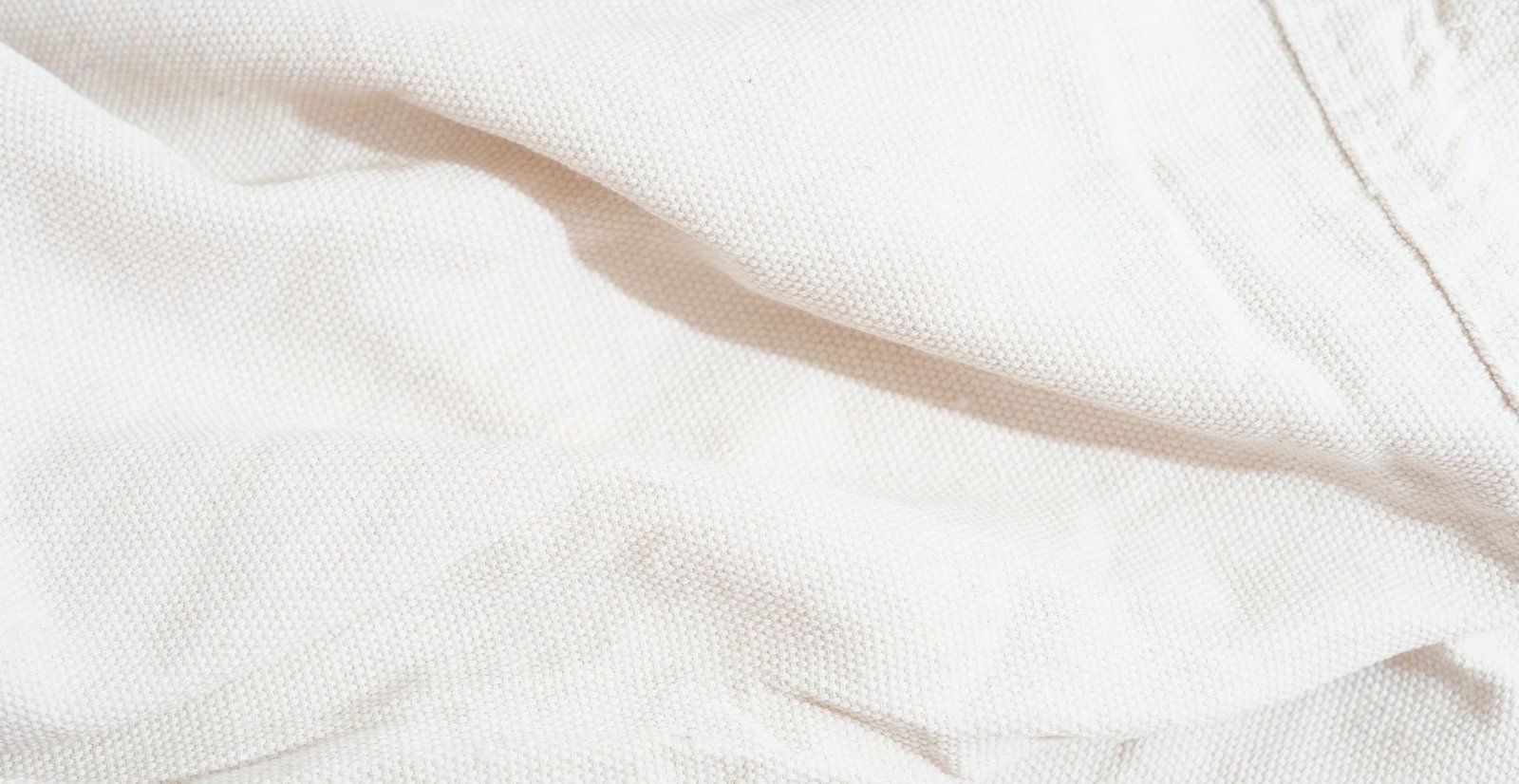Best types of wool when you need something warm and soft for the cold winters, nothing beats wool. Though many people like to wrap and enjoy the luxuries of wool, some do not know the best types of wool.
There are several types of wool including Merino, Cashmere, Alpaca and Mohair. To help you know more about the different types of wool, their qualities, benefits and uses we created this wool guide.
What Makes Wool So Special

Before going to types, we need to answer the most simple question: “What makes wool so loved and special?” Wool is a natural, renewable fiber obtained from the fleece of sheep, goats, alpacas and even camels. Wool is famous for its insulation, moisture management, elasticity and breathability. Read more…Best types of wool
Best types of wool is a natural fiber that can regulate your body temperature. It keeps you warm in winter and cool in summer. It even lets air circulate. Moreover, wool is biodegradable and flame-resistant. This means it is eco-friendly and safe. Read more…Best types of wool
These qualities are why wool has been used for blankets, clothing, carpeting, upholstery, and more for centuries
🧵 How Wool Types Differ
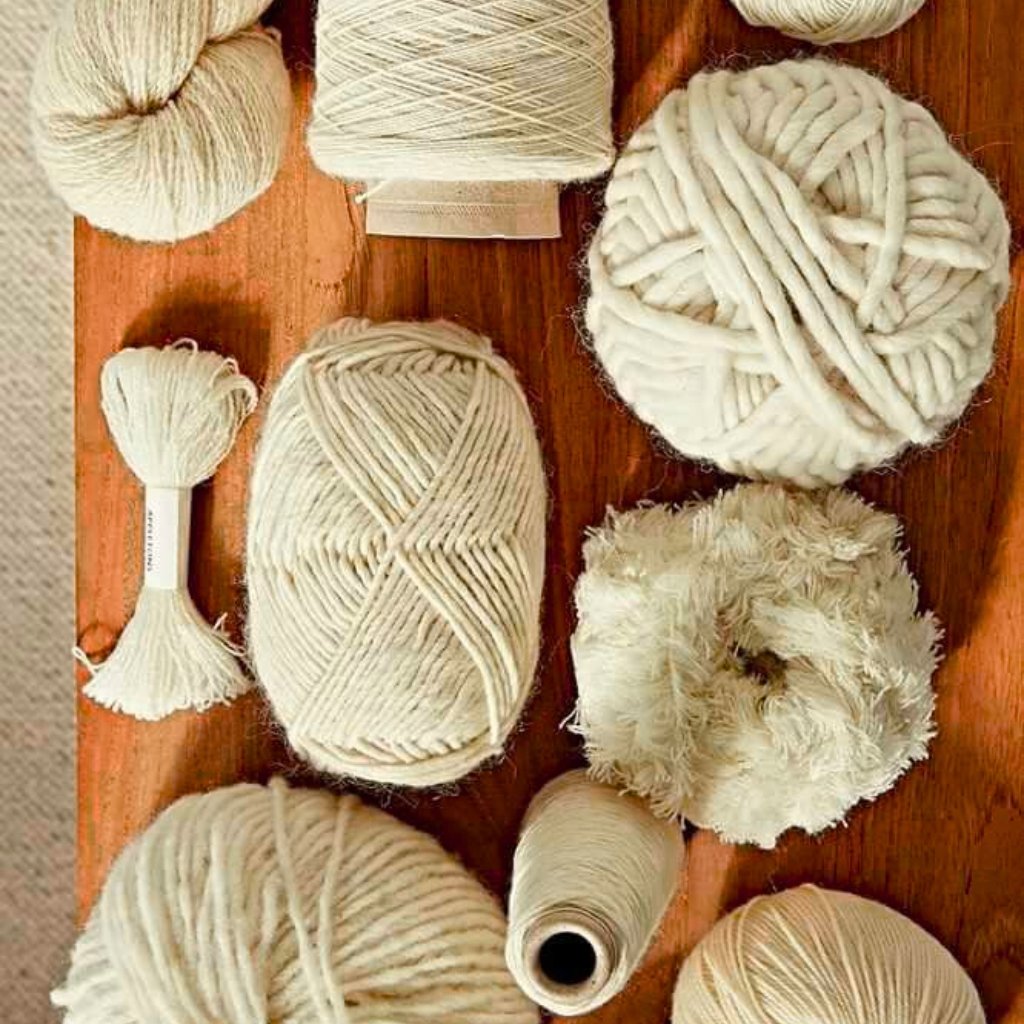
Different Best types of wool come from different animal breeds and each type is unique in its structure and performance. The fiber diameter, length, and crimp all contribute to varying degrees of softness, elasticity, and durability.
Merino wool is very fine and soft, whereas Cashmere is lightweight and provides warm softness. Shetland wool is coarse but very strong, making it an excellent outerwear option. Read more…Best types of wool
Let’s identify the top popular wools and highest quality wools used in modern times.
🐑 1. Merino Wool – The Softest and Most Versatile

Merino wool is obtained from Merino sheep found largely in Australia and New Zealand. It is considered the best all-around wool for its remarkable softness, breathability, and versatility, making it a top choice for wool. Read more…Best types of wool
Key Features:
Ultra-Fine Fibers for Ultimate Comfort
Merino wool fibers are extremely fine, typically measuring between 17 to 23 microns in diameter. This ultra-fine structure makes the fabric soft and smooth against the skin, unlike traditional coarse wool that can feel itchy.
Excellent Temperature Regulation
One of the most remarkable qualities of Merino wool is its ability to regulate body temperature naturally. It keeps you cool during summer by wicking away moisture and allowing air to circulate, while in winter, it traps warmth close to the body.
Odor Resistance and Moisture Management
Merino wool is naturally odor-resistant thanks to lanolin, a waxy substance found in wool fibers that repels bacteria and prevents unpleasant smells.
Lightweight, Flexible, and Breathable
Despite its insulating properties, Merino wool remains lightweight and breathable. It allows free movement, making it a top choice for outdoor enthusiasts and athletes.
Best Uses:
Activewear, sweaters, thermal wear, socks, and scarves, Merino wool is used for all of these. It is soft enough to be used for clothes that will be in direct contact with your skin. Read more…Best types of wool
Sustainability:
Merino wool is a renewable resource since Merino sheep are shorn annually. It is also biodegradable.
2. Cashmere Wool– The Symbol of Luxury
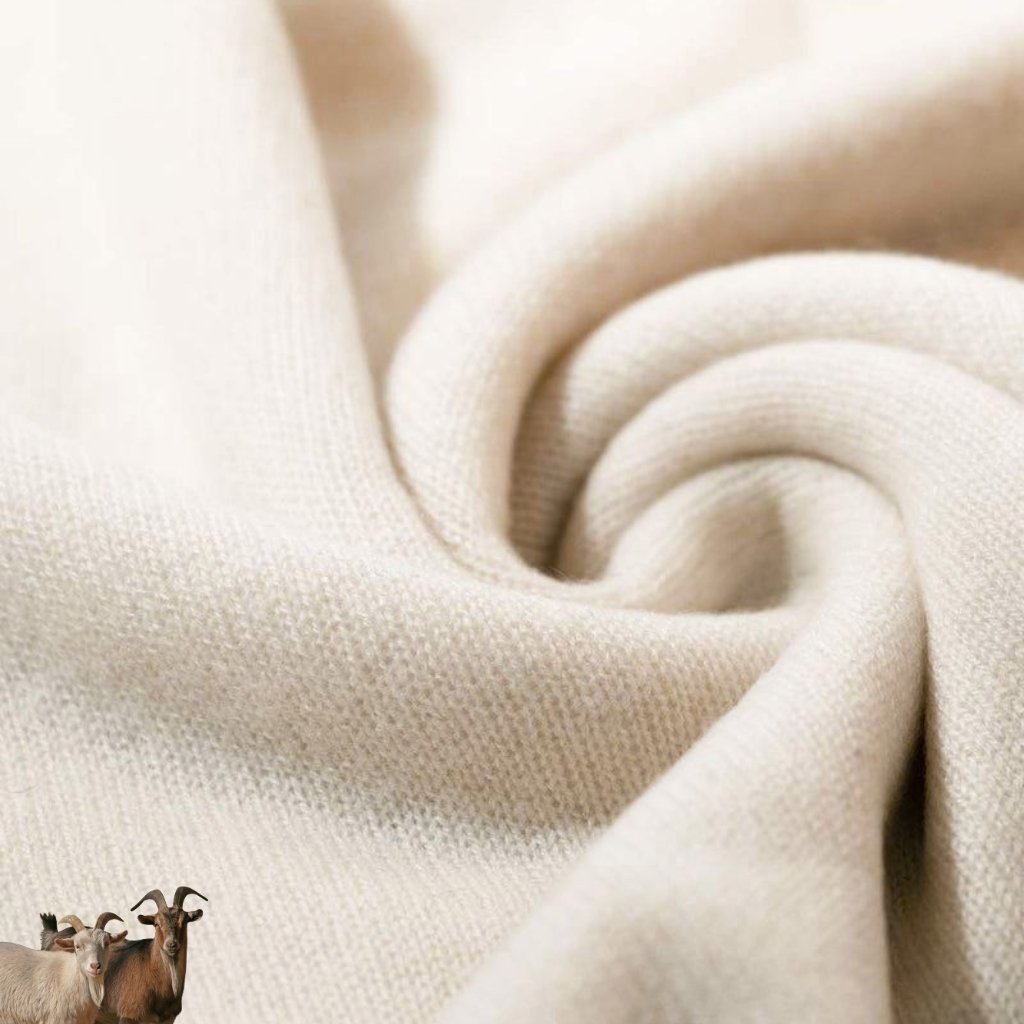
Cashmere wool is soft and exquisite and is unmatched. It is made from the undercoat of Cashmere goats, primarily found in Mongolia, China and certain areas of India. Read more…Best types of wool
Key Features:
- Exceptionally soft and fine (14–16 microns) fibers.
- Triple warm compared to regular sheep wool.
- Silky and lightweight.
- Hypoallergenic and breathable.
Best Uses:
Luxury sweaters, scarves, shawls, coats, and blankets are made with Cashmere because it drapes beautifully and feels extremely soft. Read more…Best types of wool
Care Tips:
Although durable, Cashmere requires gentle handling. To maintain its softness and shape, be sure to hand wash or dry clean your garment.
3. Alpaca Wool – Durable and Hypoallergenic
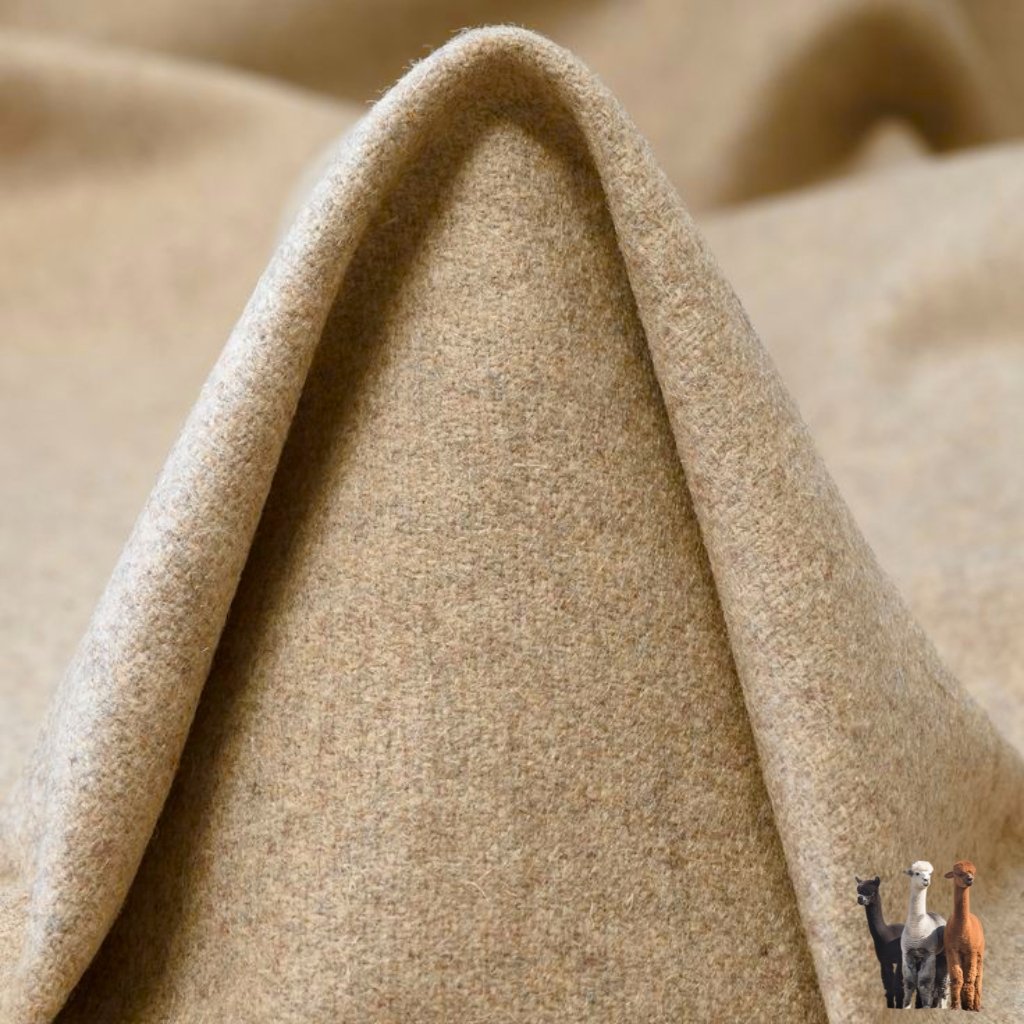
Alpaca wool fabric comes from the Alpaca animal. The Alpaca is from South America, especially Peru. Alpaca wool is known for its softness and durability and is considered one of the warmest and most resilient wools.
Key Features:
- Alpaca wool is silky, strong, and naturally glossy.
- Alpaca wool is free from lanolin making it hypoallergenic.
- It resists water and wind making it ideal for wearing in cold or humid climates.
- Alpaca wool is available in 22 natural colors reducing the need for dyes.
Best Uses:
Alpaca wool is great for outerwear, blankets, coats, and scarves. It is lighter and warmer than sheep wool, which provides a great balance between comfort and insulation.
Eco-Friendly Aspect:
Alpacas are gentle grazers. This means they don’t harm the grass roots, making their wool environmentally sustainable.
4. Angora Wool – Extremely Soft and Fluffy
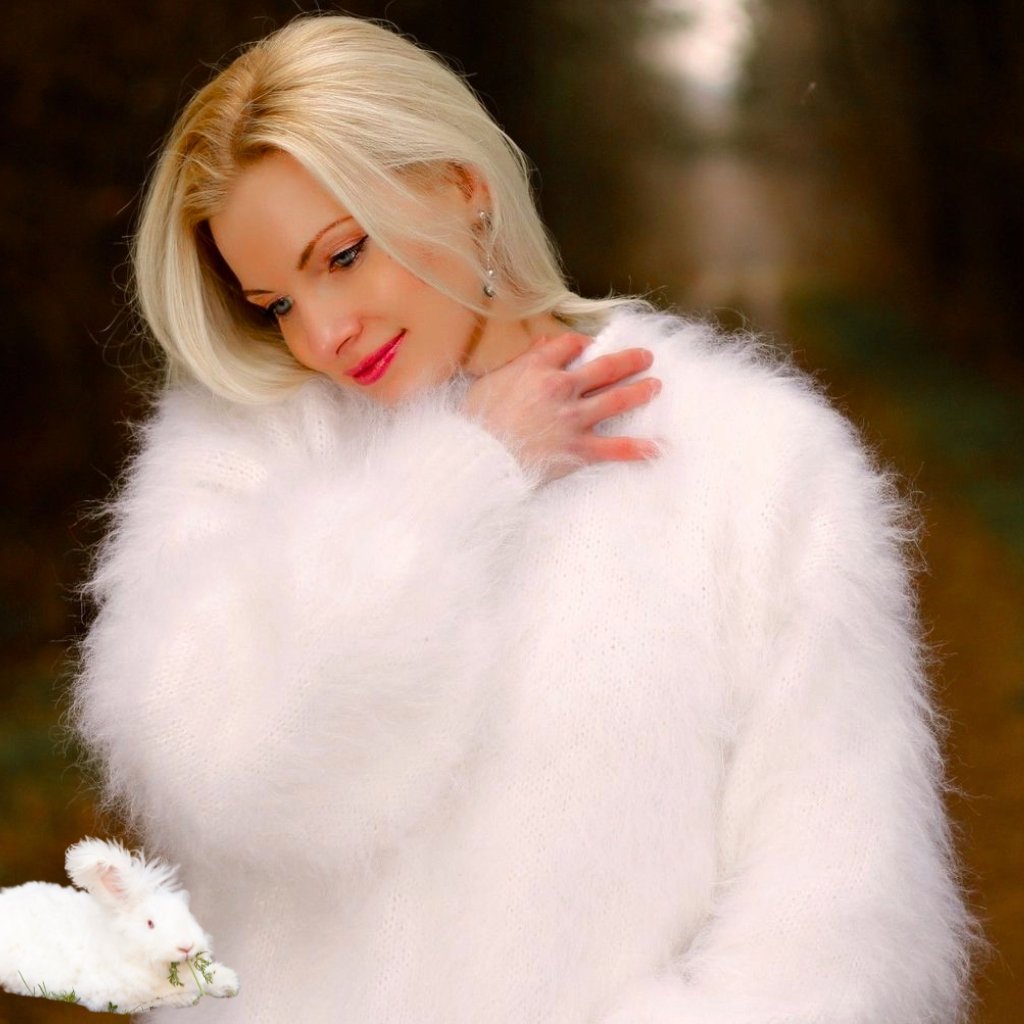
Angora wool fabric is harvested from the Angora rabbit. It is one of the softest and fluffiest fibers in the world, known for its silky feel and unique halo effect.
Key Features:
- Incredibly fine fibers (11–13 microns).
- Exceptionally soft and warm despite being lightweight.
- Possesses a natural sheen and fluffiness.
- Needs to be blended with other fibers for strength.
Best Uses:
Angora is commonly used in luxury sweaters, mittens, and accessories. Because of its airy nature, it traps heat efficiently and feels like wearing a cloud.
Care Tips:
Avoid machine washing or wringing. Always hand wash gently and air dry flat to maintain its delicate structure.
5. Camel Wool – Warmth from the Desert
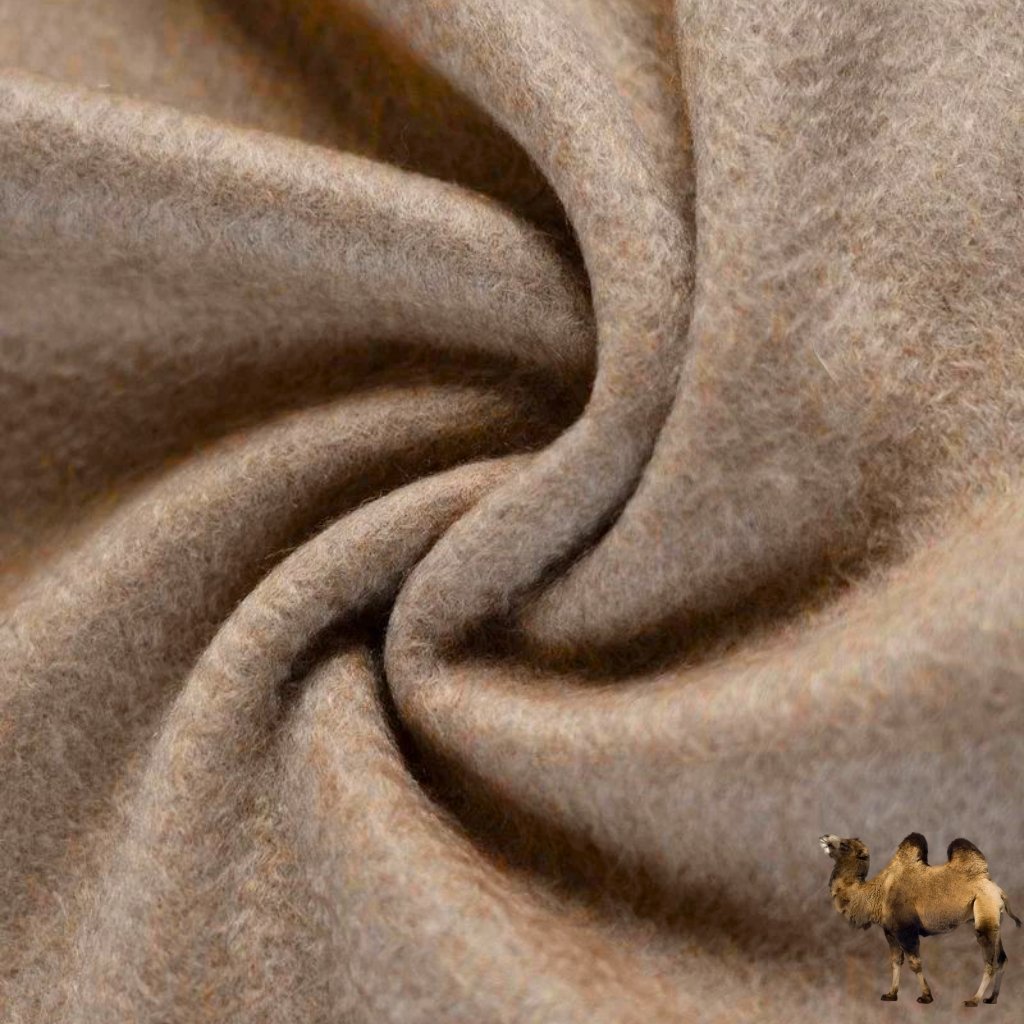
Camel wool, especially from Bactrian camels, is valued for its softness, insulation, and rich golden color.
Key Features:
- Naturally thermoregulatory, keeping the body comfortable in various temperatures.
- Soft and luxurious texture with a subtle sheen.
- Highly durable and moisture-absorbent.
Best Uses:
Used in coats, shawls, blankets, and suiting fabrics, camel wool provides elegant warmth for winter wear.
Sustainability:
Camels naturally shed their coats, so the wool is collected without harm, making it a cruelty-free fiber.
6. Shetland Wool – Strong and Rustic
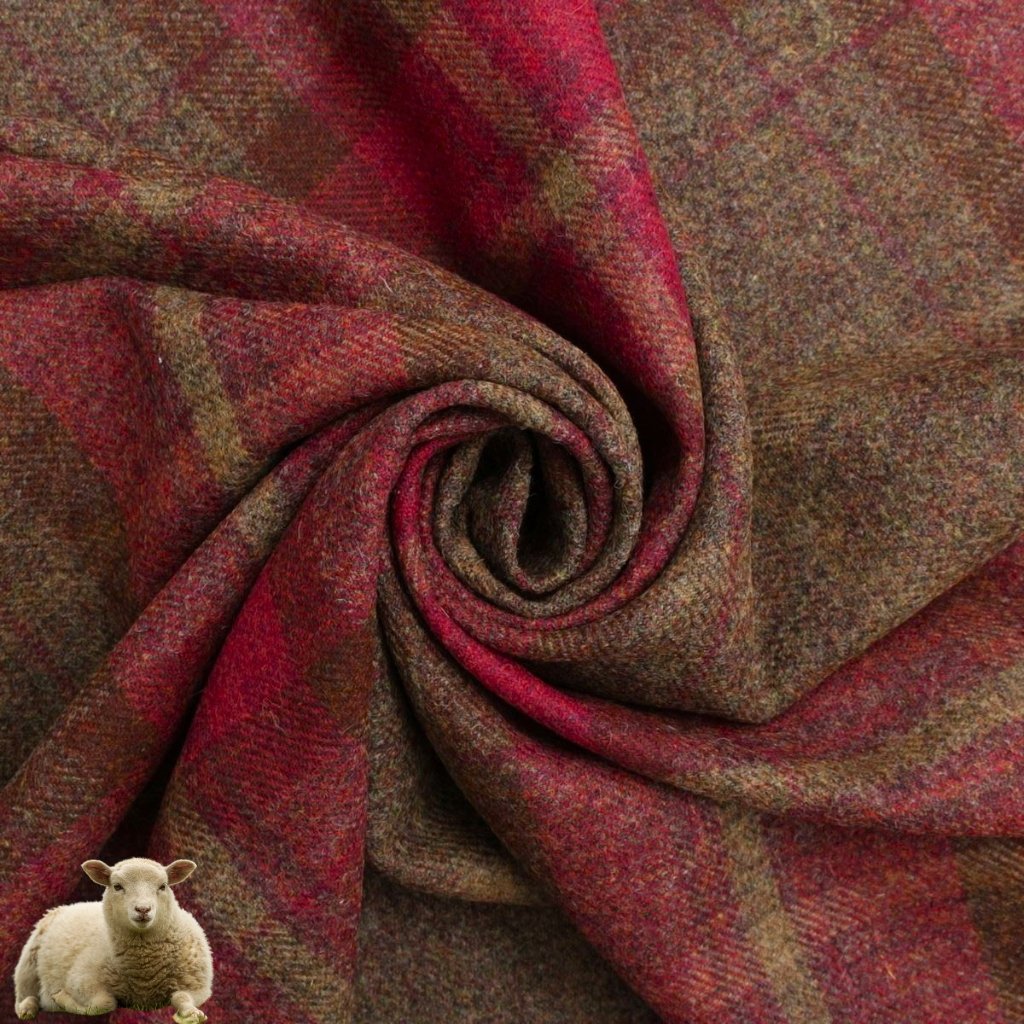
Shetland wool comes from the Shetland Islands of Scotland. It’s a bit heavier but very durable, great for outdoor wear.
Key Features:
- Medium to coarse texture.
- Elastic and insulating.
- Has vibrant natural shades.
Best Uses:
Shetland wool is for traditional sweaters, coats, and tweeds. It’s hard wearing, keeps you warm, and is perfect for cold climates.
7. Mohair Wool – Glossy and Luxurious
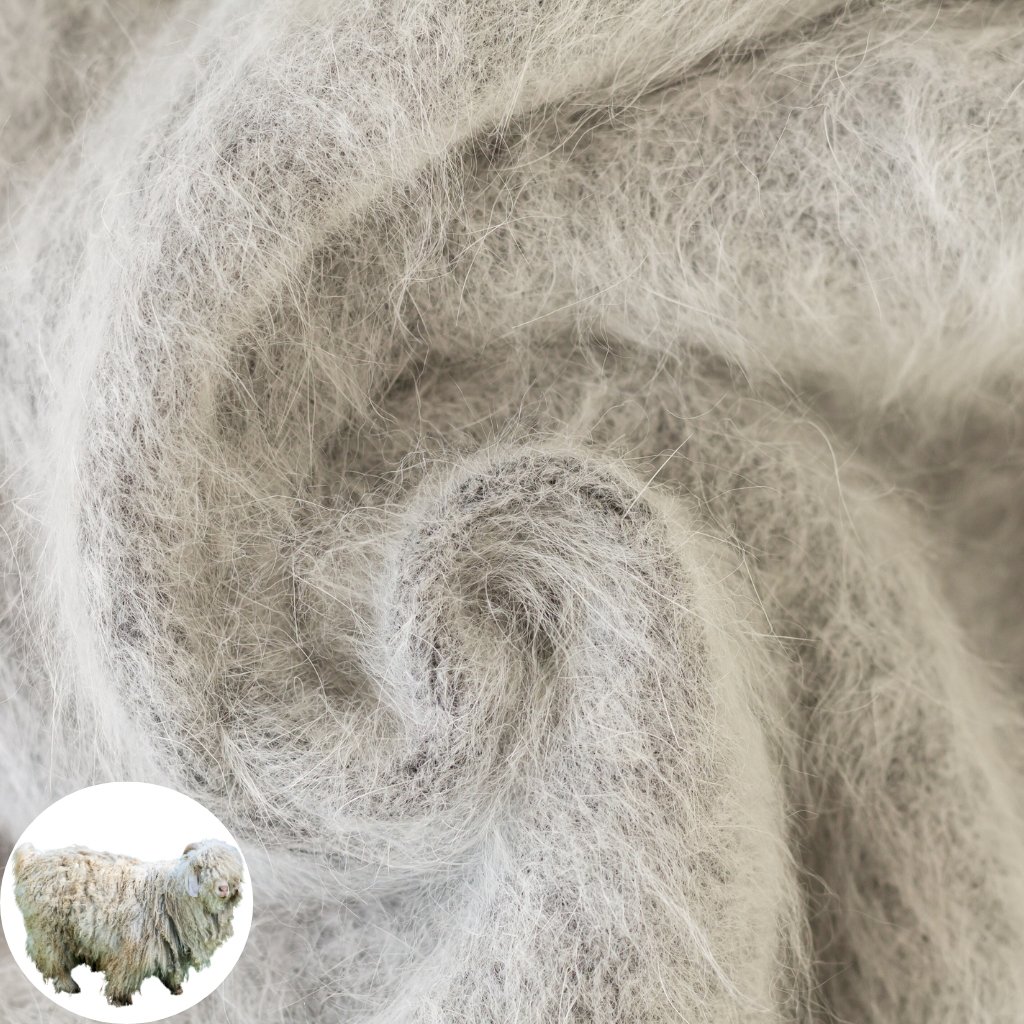
Mohair wool fabric comes from the Angora goat (not from the Angora rabbit). It is appreciated for its shimmering appearance and elasticity.Key Features:
- Smooth and silky fibers (25-40 microns).
- Lustrous, resilient, and durable.
- Wrinkle-resistant.
Best Uses:
Mohair is used for suits, upholstery, scarves, and winter coats. Its shiny finish is perfect for fashionable and interior textiles.
Which Types of Wool Is Best?
The best type of wool depends on your needs:
- For everyday comfort, choose Merino wool.
- For luxury and softness, go for Cashmere.
- For warmth and durability, Alpaca is excellent.
- For eco-friendly luxury, pick Camel or Alpaca wool.
- For rugged outerwear, Shetland wool is the most reliable.
Every type of wool has its own benefits. The best wool for you takes into account your personal style and preferences, your budget, and what you are going to use it for.
Caring for Wool Fabrics
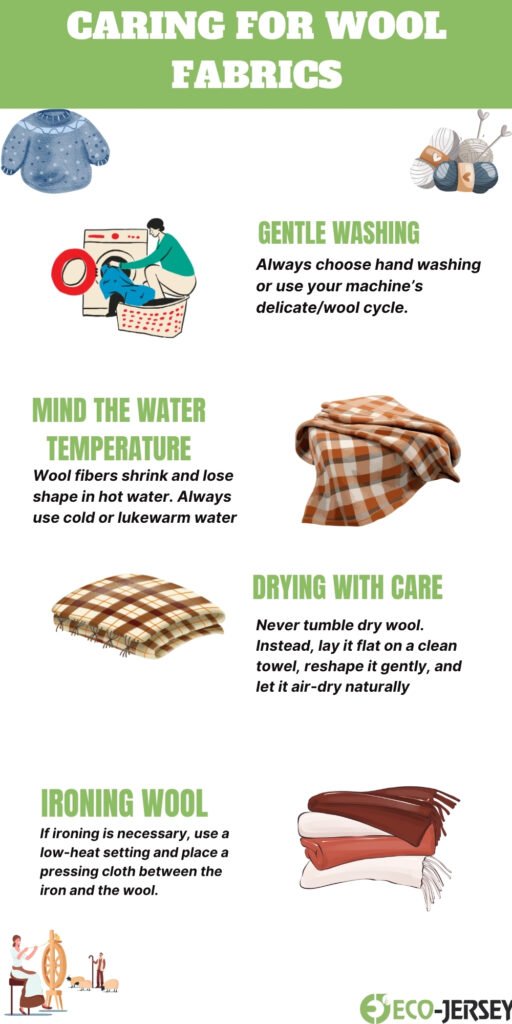
For best results, wool deserves gentle and kind care.
- You can either hand wash or use the delicate wash cycle with a gentle detergent.
- Be careful with water temperatures. Hot water will boil your wool.
- If you need to dry your wool, do it flat and reshape the wool while it is still damp.
- Keep it away from moths in a dry, cool place.
Good, proper care will make your wool soft, clean, beautiful, and last for years.
Sustainability and Environmental Impact
Of all natural fibers, wool is one of the most sustainable. It is also biodegradable, renewable, and recyclable. Ethical brands are careful when it comes to wool and make sure there is animal welfare, as well as eco-friendly production. By buying quality wool, you are helping to support greener practices and responsible waste with clothing.
Final Thoughts
What you value most will help you decide the best wool for you: softness, warmth, luxury, or durability? You also have to choose if you want Merino for versatility, Cashmere for indulgence, or Alpaca for eco-friendly comfort. Wool is still one of the best gifts from nature.
With proper care, it can last a long time and deliver comfort and timeless elegance. It also shows the quality of workmanship as well as the natural sophistication of the wool. Elegant sophistication will never go out of style!
Would you like me to create a Meta Description (within 155 characters) and a FAQ Section tailored for Google rich results next?
FAQs
What is the best type of wool for clothing?
The best wool for clothing is Merino wool because it’s soft, breathable, and suitable for all seasons. It keeps you warm in winter and cool in summer.
Which type of wool is the softest?
Cashmere wool is considered the softest type. Its ultra-fine fibers give it a luxurious, silky feel perfect for sweaters, scarves, and shawls.
What type of wool is the warmest?
Alpaca wool is among the warmest wools available. It provides superior insulation, is lightweight, and remains comfortable even in extreme cold.

